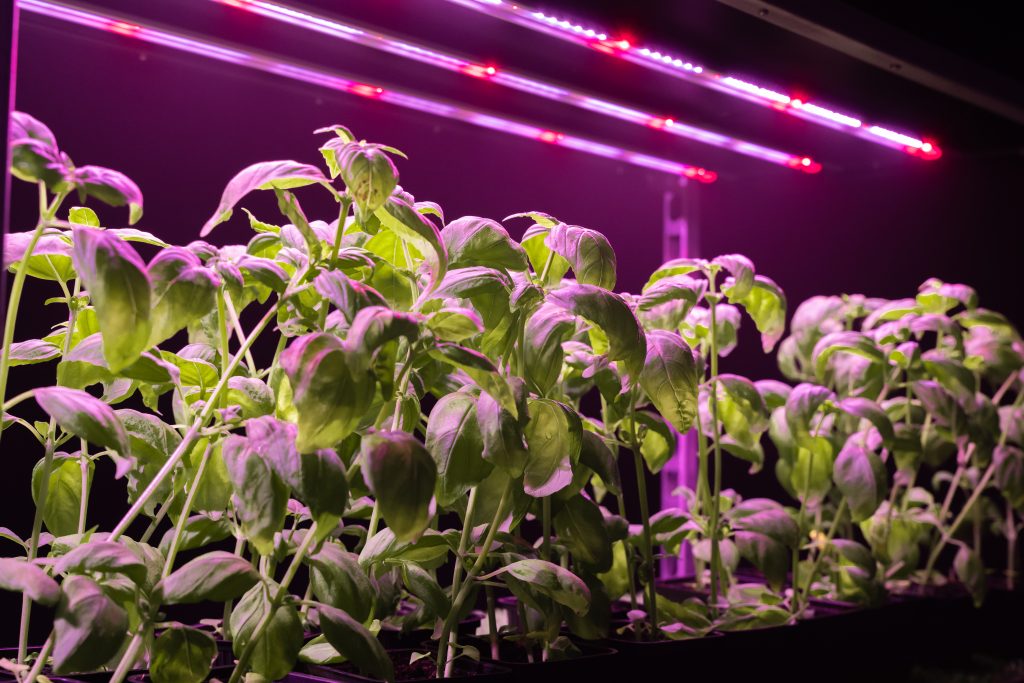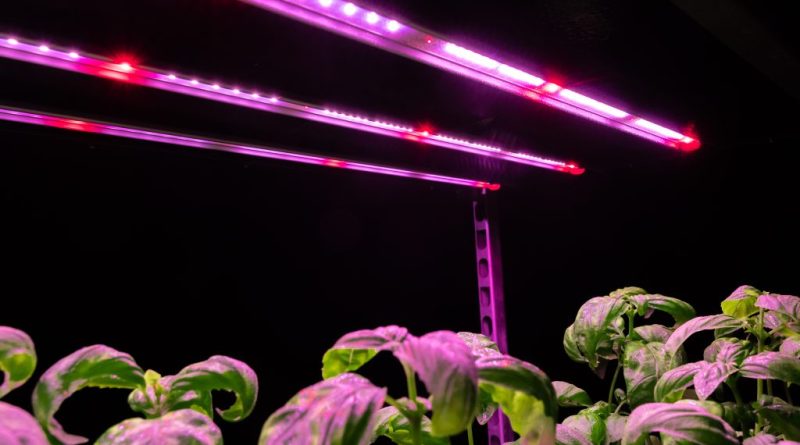Busting 5 Popular Myths Around LED Grow Lights
LED grow lights have been making waves in the horticulture industry, with global market projections skyrocketing from $1.2 billion in 2020 to a staggering over $3.6 billion by 2027. This explosive growth is fueled by their energy efficiency, longevity, and ability to deliver tailored light spectrums that promote optimal plant growth. Despite these compelling advantages, several myths persist, causing some growers to hesitate. Whether you’re a home gardener seeking high-quality horticulture lights or a researcher exploring LEDs for research applications, understanding the facts is crucial.
Let’s debunk 5 most common myths surrounding LED grow lights,
Top 5 Popular Myths Around LED Grow Lights

Myth 1: LED Grow Lights Are Too Expensive
One common misconception is that LED grow lights are too expensive or ineffective compared to traditional lighting. However, the reality is quite the opposite. With the potential to save up to 60% in energy costs and last over 50,000 hours, these lights offer significant value.
For commercial greenhouse lighting, where large-scale operations demand consistent and high-quality lighting, the investment in LED technology pays off through lower utility bills and reduced maintenance costs. In fact, Valoya’s LL series LED grow lights are designed for durability, with a typical lifespan of 50,000 hours, while maintaining 90% of their initial light output over their entire lifetime.
Myth 2: LED Grow Lights Don’t Provide Enough Light for Plants
Another common misconception is that LED grow lights do not emit enough light for proper plant growth. This myth likely stems from earlier generations of LED technology, which were not as powerful as today’s options. Modern, high-quality horticulture lights are specifically designed to provide the full spectrum of light that plants need for photosynthesis, from seedling to harvest.
Many growers have found that LED grow lights can be more effective than traditional lighting systems in promoting healthy and robust plant growth. The key is to select the right type of LED grow light for your specific plants and growing conditions.
Myth 3: All LED Grow Lights Are the Same
Not all LED grow lights are created equal, but there’s a myth that any LED light will suffice for growing plants. In reality, the quality and specifications of LED grow lights can vary widely. For instance, LEDs for research applications often have specialized features tailored to specific experimental needs, such as adjustable spectrums and precision control over light intensity.
When choosing LED grow lights, it’s important to consider factors like light spectrum, intensity, and coverage area to ensure they meet the specific requirements of your plants or research. High-quality LED grow lights are designed to deliver optimal performance, offering benefits that generic or low-cost alternatives simply cannot match. Manufacturers like Valoya provide their customers with help in choosing the right light for their plant needs, guiding them through its usage and maintenance.
Myth 4: LED Grow Lights Are Harmful to Plants
Some growers believe that LED grow lights can be harmful to plants, causing issues such as leaf burn or stunted growth. This myth likely arises from improper use of LED grow lights, such as placing them too close to plants or using an inappropriate light spectrum.
However, when used correctly, LED grow lights are safe and highly beneficial for plants. They emit minimal heat compared to traditional lights, reducing the risk of overheating and leaf burn. Additionally, LED grow lights can be tailored to provide the precise wavelengths of light that plants need, promoting healthier growth and higher yields.
Myth 5: LED Grow Lights Are Only for Indoor Use
Many people assume that LED grow lights are only suitable for indoor gardening, but this is far from the truth. LED technology is versatile and can be used in a variety of settings, including greenhouses, vertical farms, laboratories, and even outdoor gardens.
For commercial greenhouse lighting, LED grow lights offer the advantage of being able to extend growing seasons and improve plant quality in environments where natural sunlight is limited or inconsistent. Their durability and efficiency make them a valuable tool not just for indoor gardens, but also for large-scale agricultural operations and research facilities.
LED grow lights have transformed the landscape of plant cultivation, offering a suite of advantages ranging from energy efficiency to precise control over light spectra. By debunking these myths, it becomes essential to help growers understand that LED grow lights are not just a viable option but often a superior choice for them.

